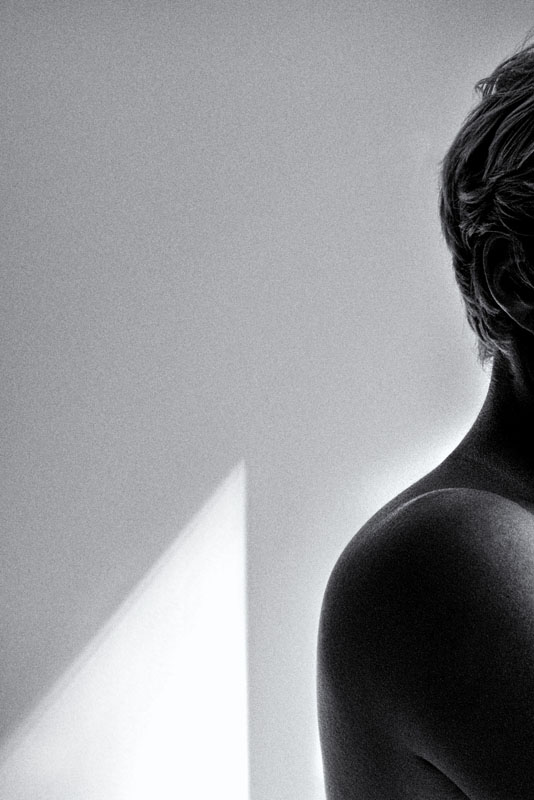
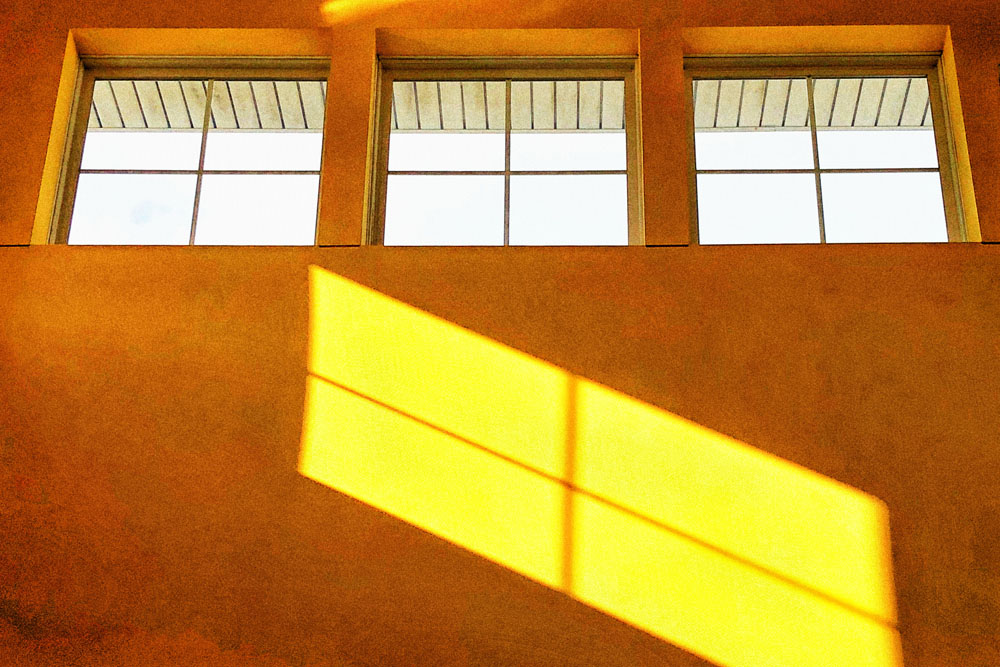
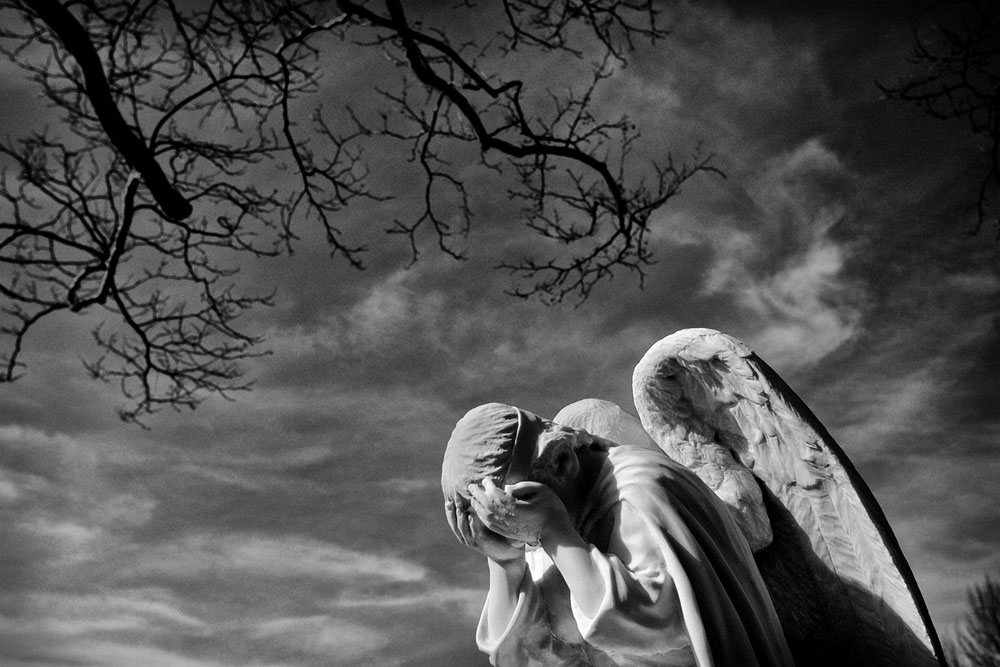
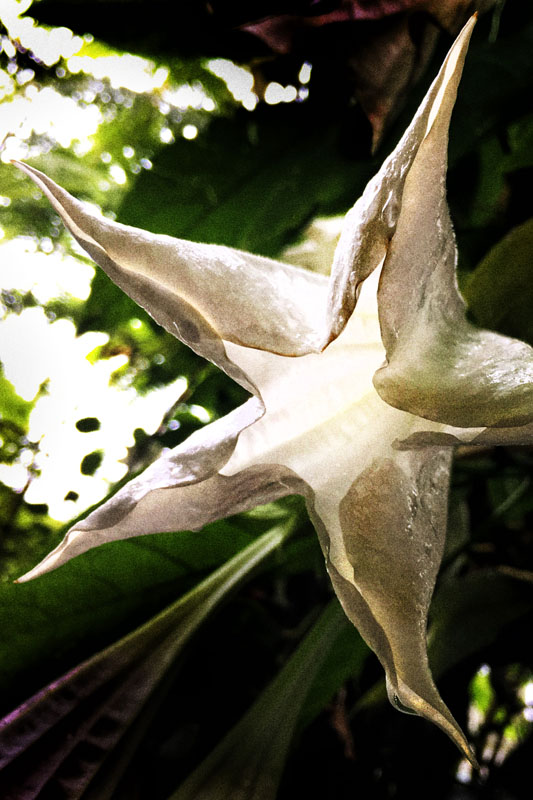
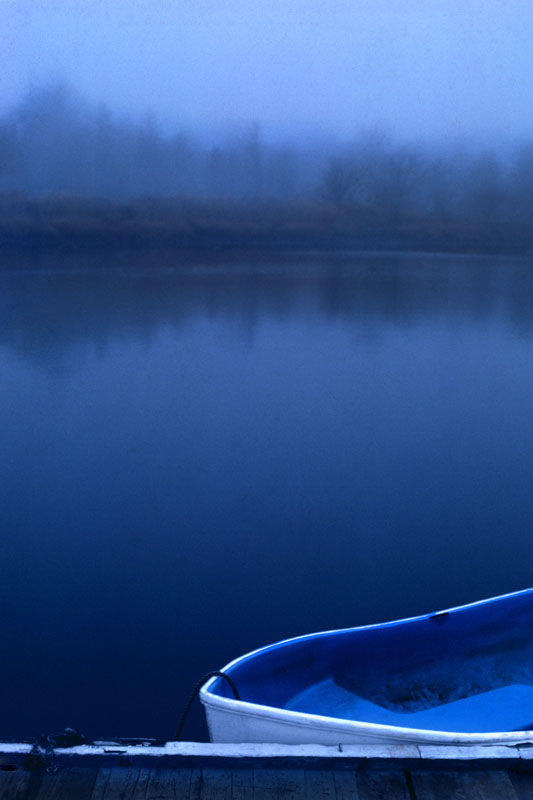
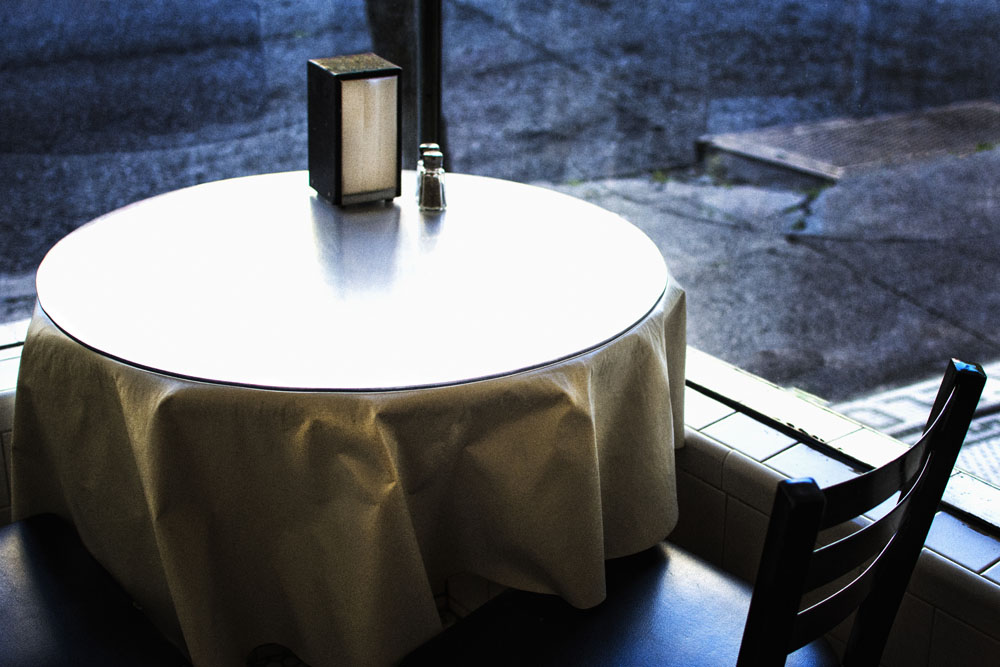
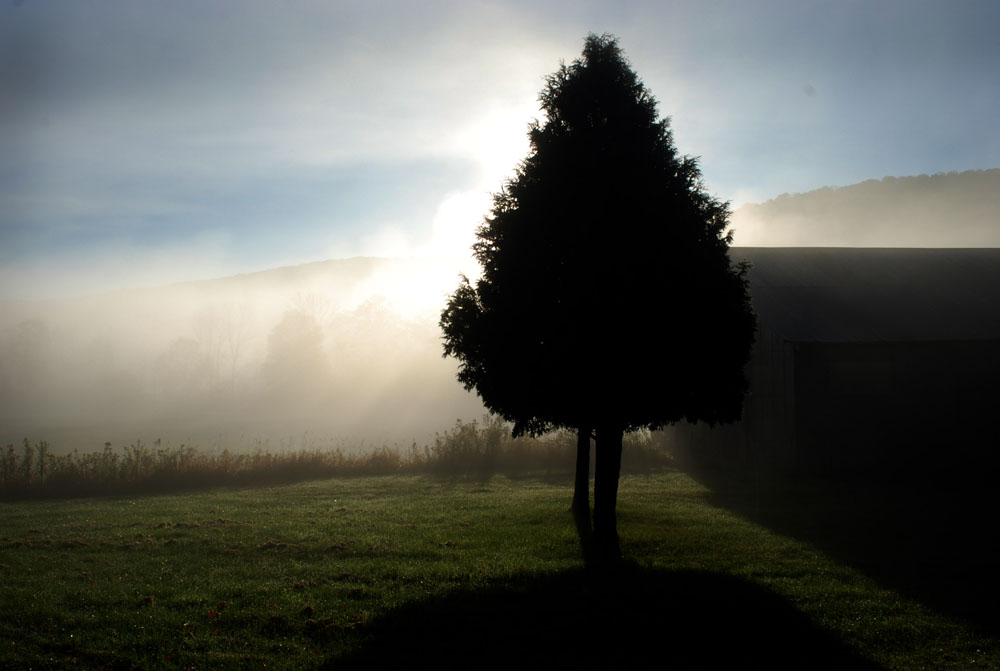
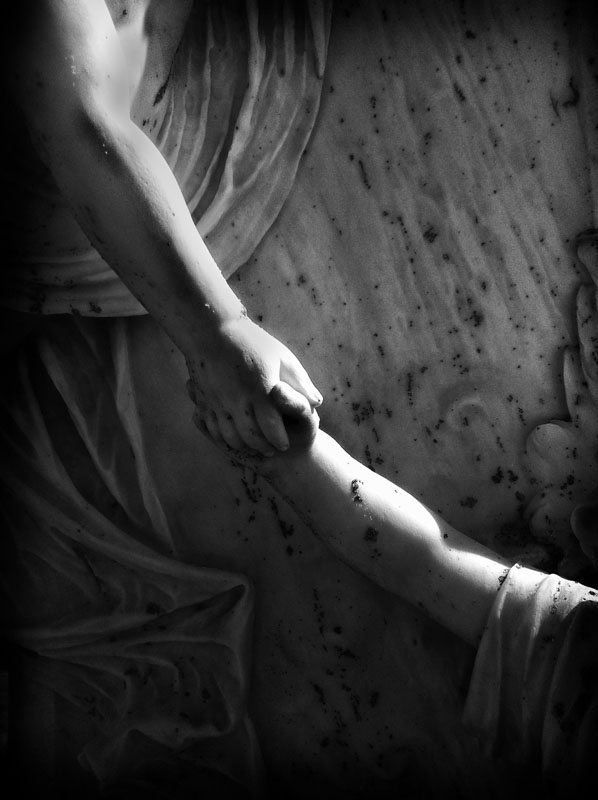
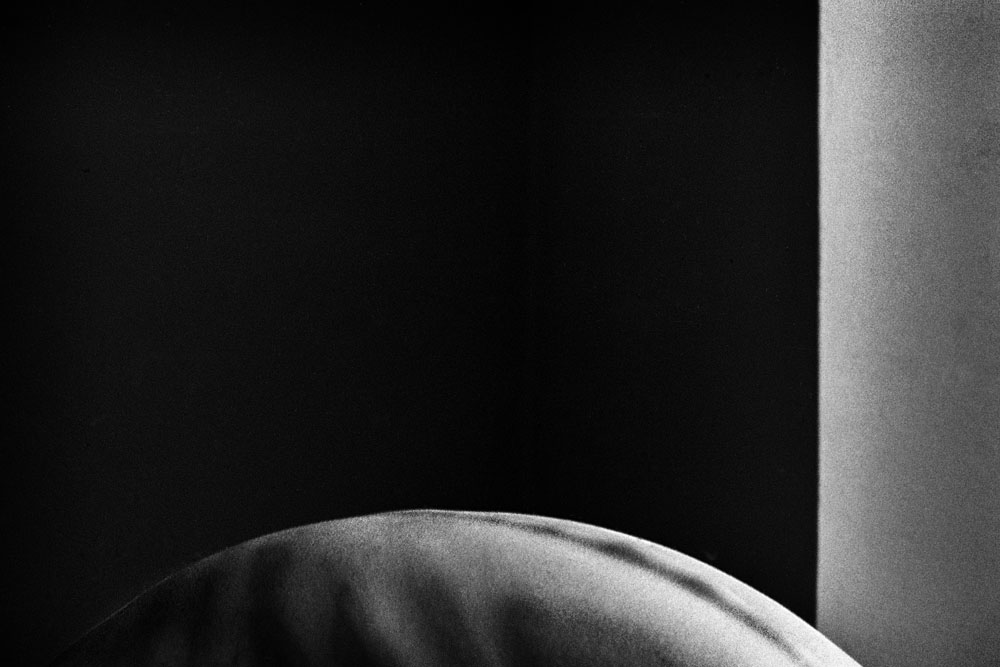
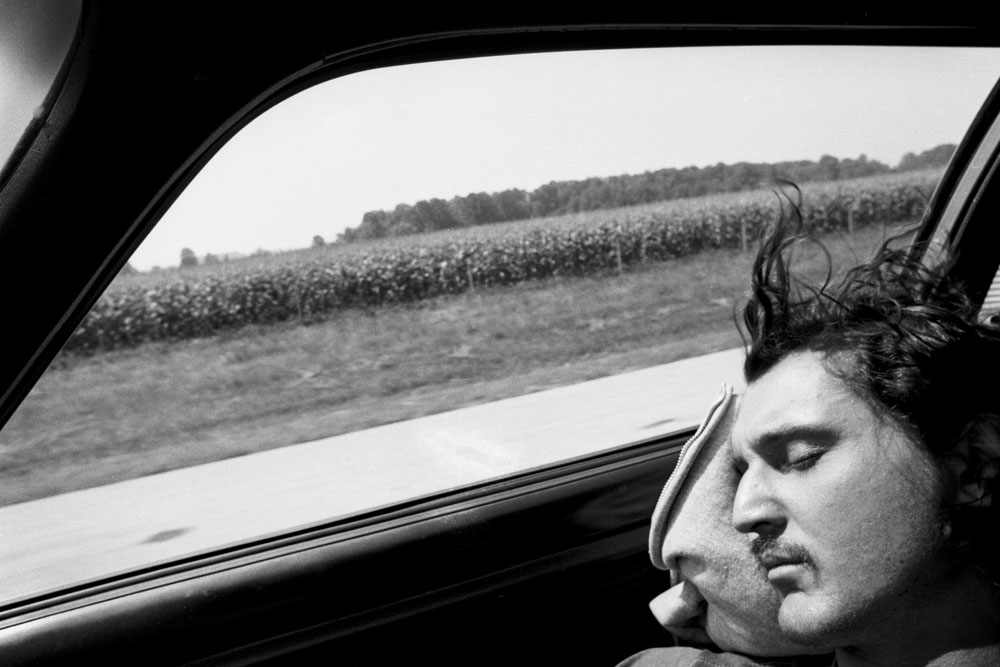
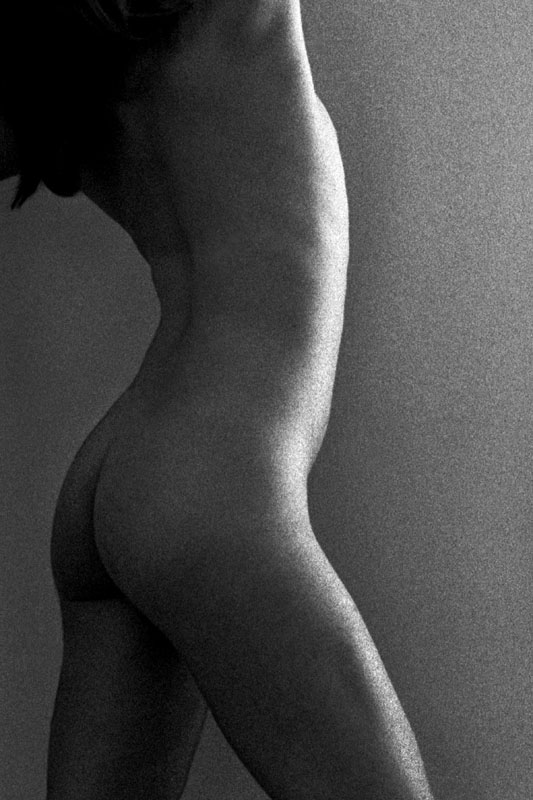
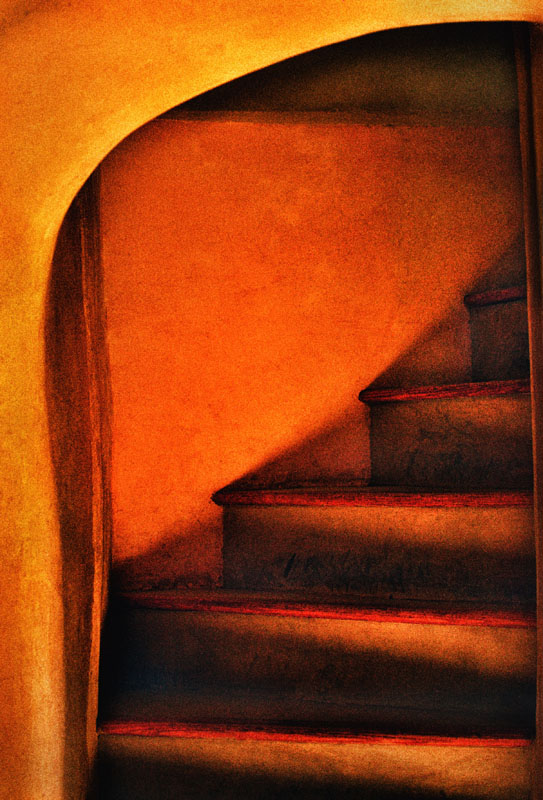
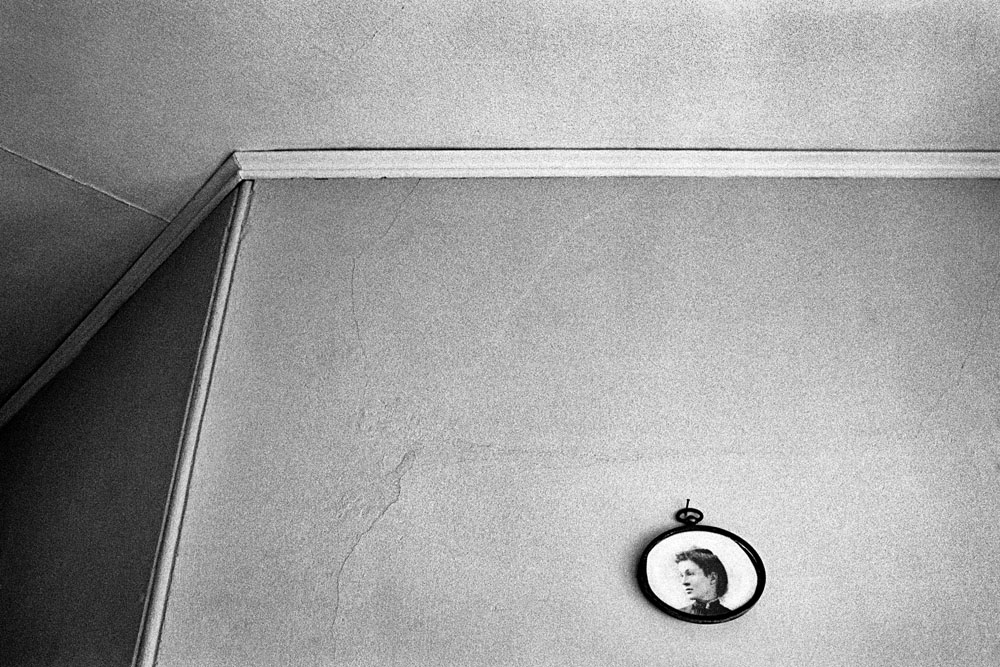
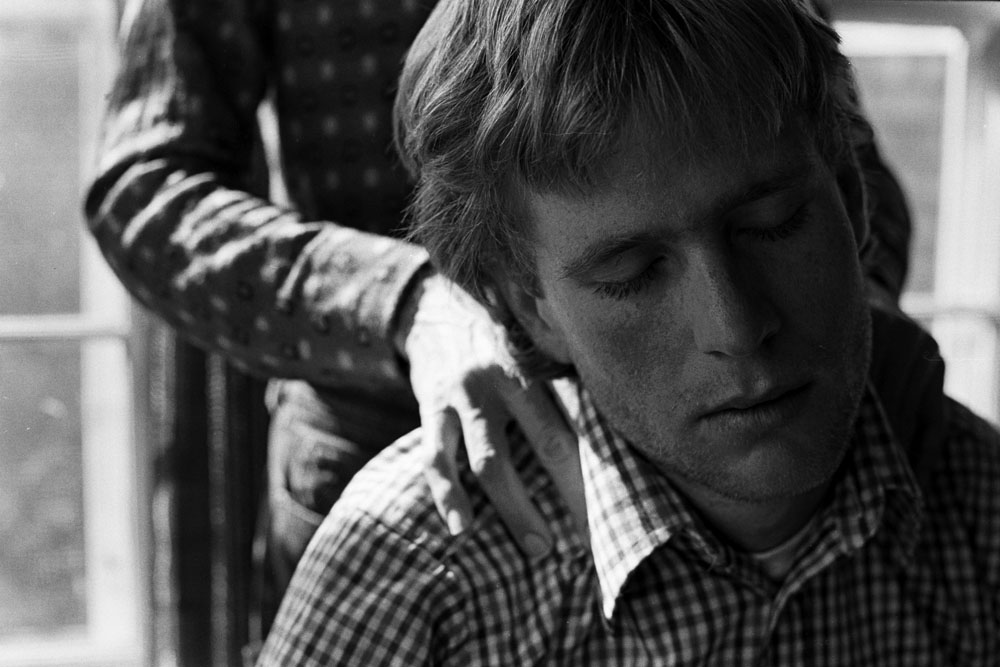
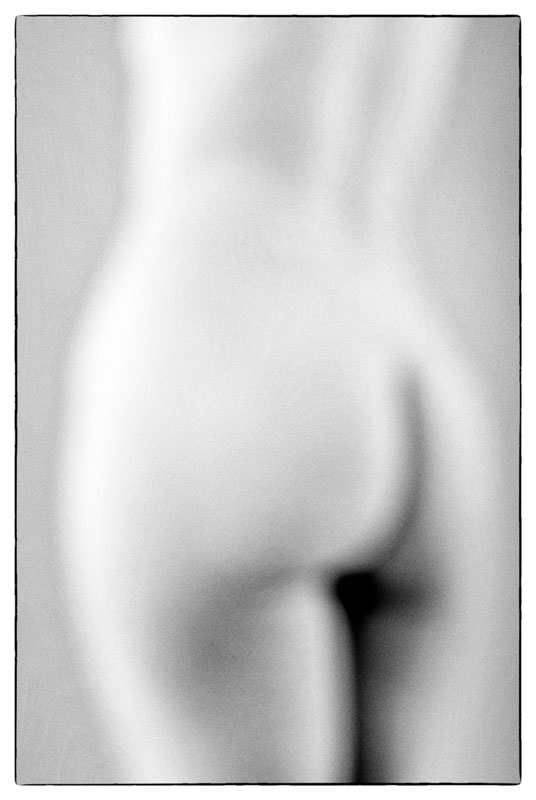
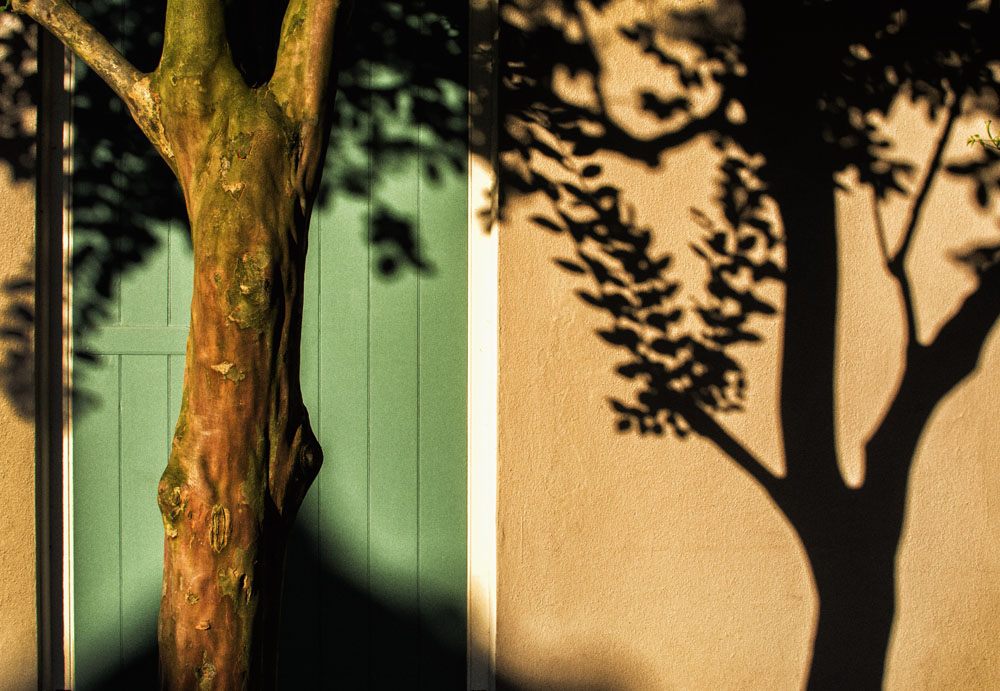
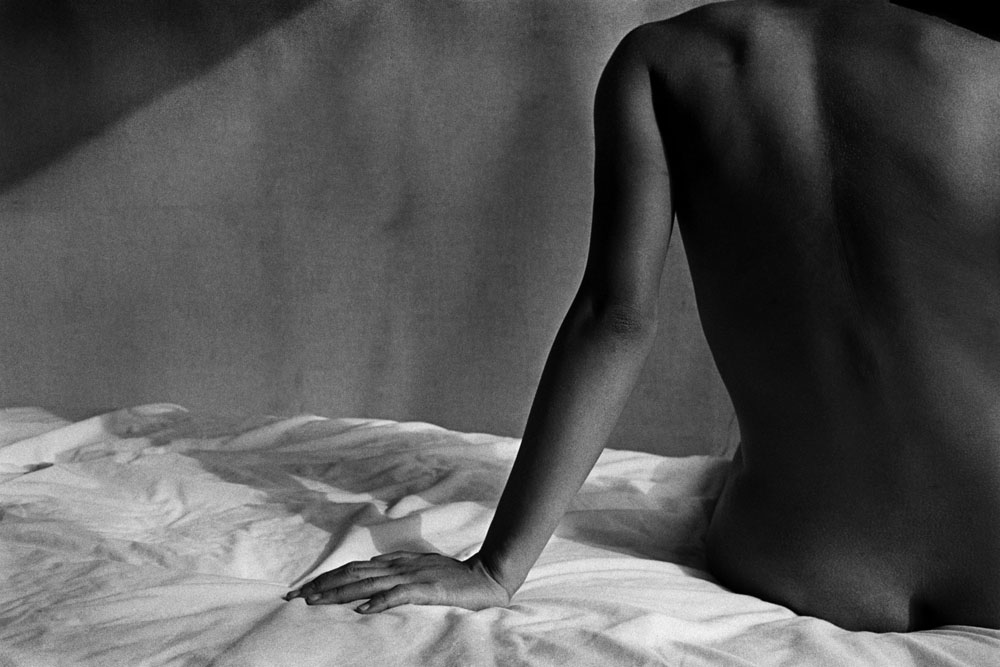
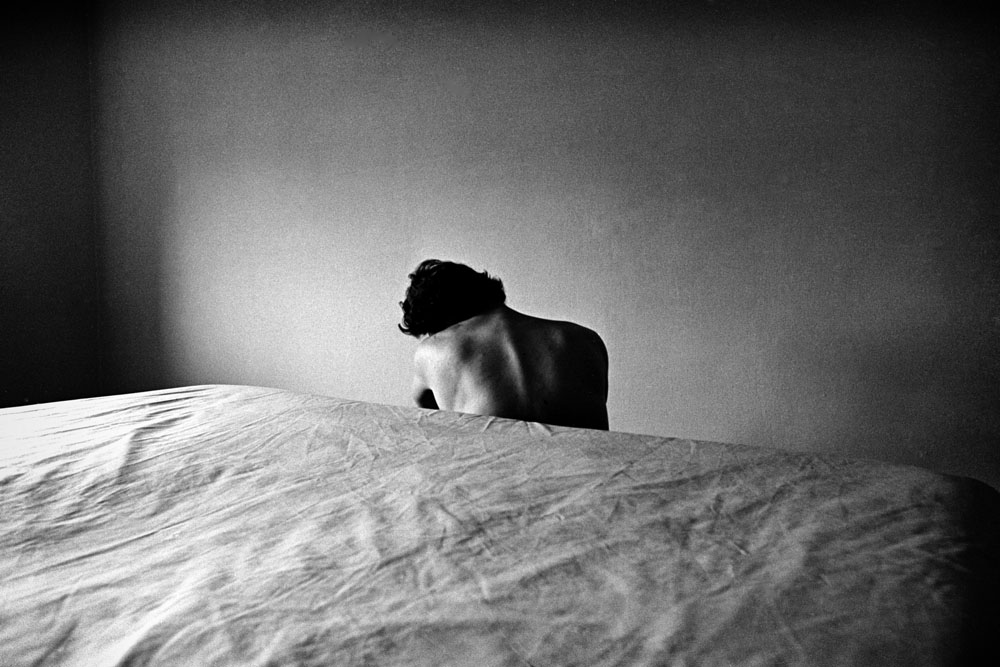
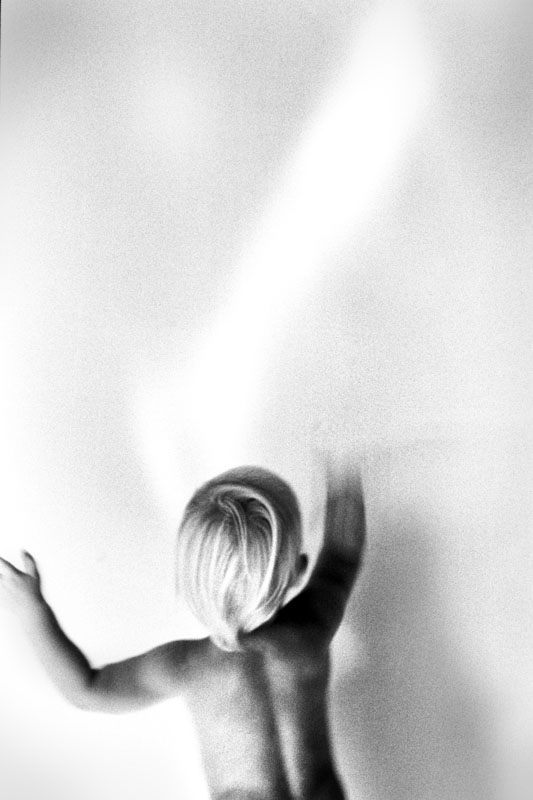
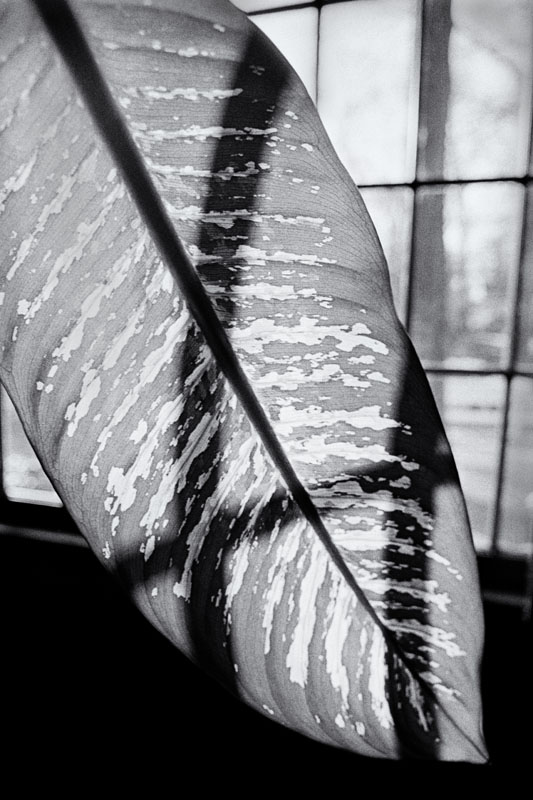
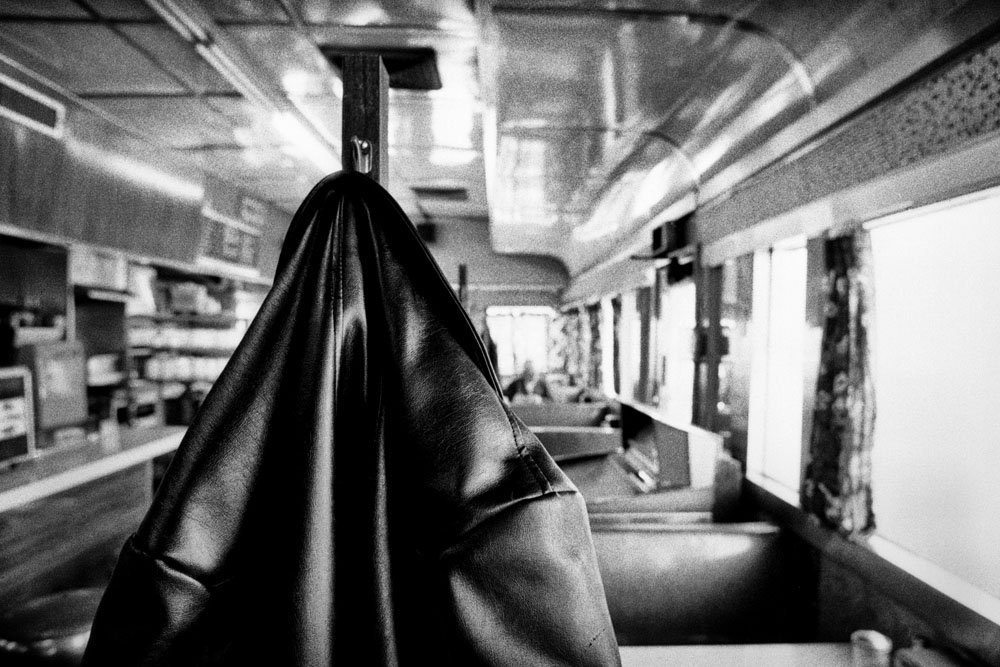
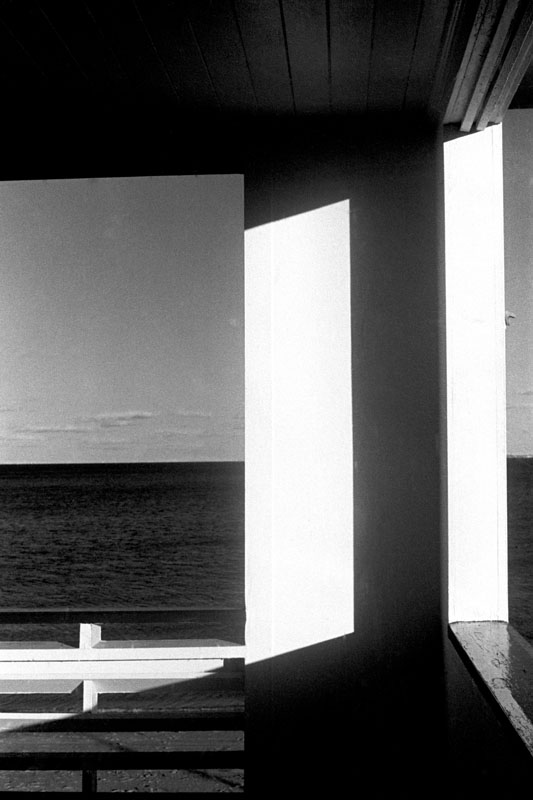
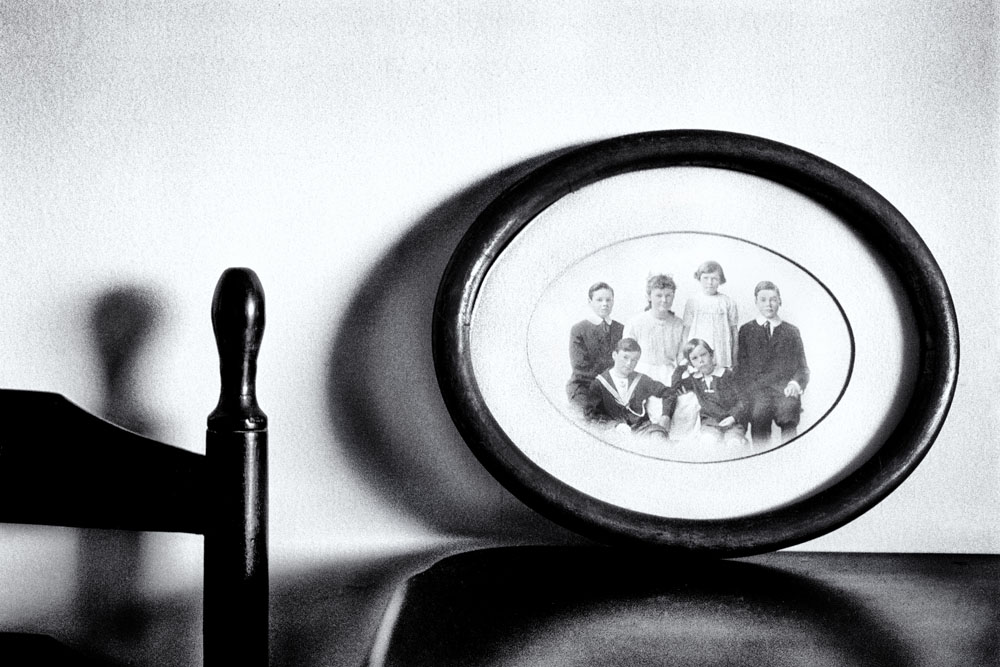
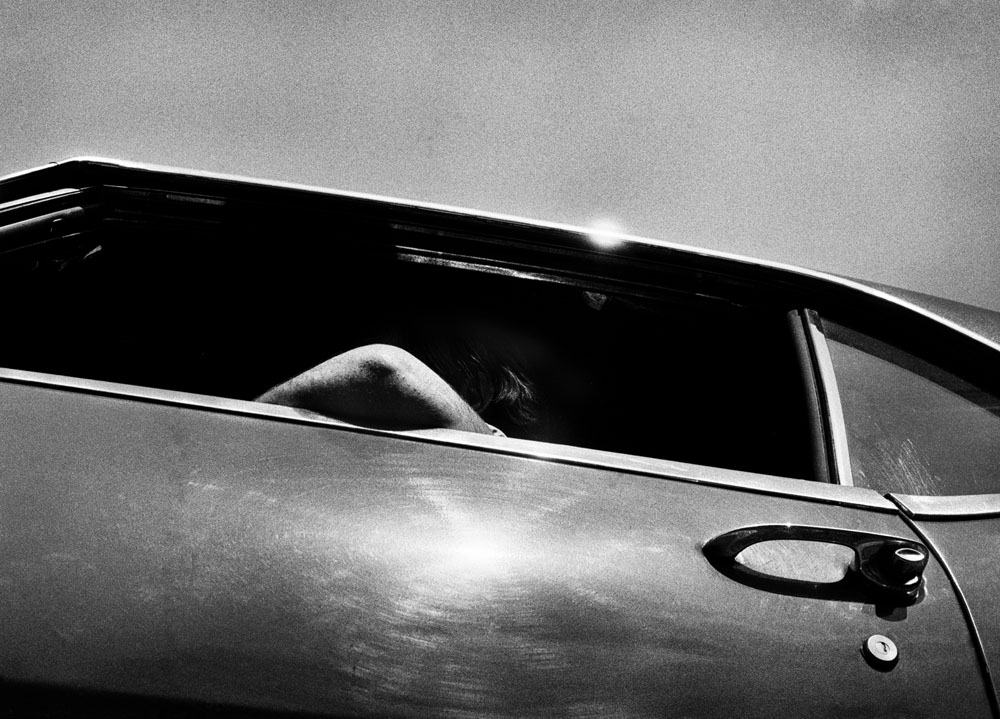
ABOUT MAURO MARINELLI
Mauro Marinelli is an artist, photographer, general contractor, and former photojournalist whose work reflects a deep connection to his Italian heritage and an enduring passion for storytelling through images. Born and raised in White Plains, New York, to Italian immigrant parents, Marinelli earned a BFA in Photography and English from Manhattanville College in 1977.
Selected Reviews
Photographer Mauro Marinelli turned to polaroids to capture the cemeteries through which he found himself wandering. The nature of polaroids lends itself to glimpses rather than views, to details rather than landscapes of grief. Marinelli liked how the film softened edges and shadows, giving the grave sculptures a touch of myth.
Some of the most beautiful photographs are the most ephemeral: the shadow of an angel reaching down to the rosebud on a grave, flowers withering in closeup beside the Pieta's wounds, the flare of the setting sun off a stone cross. In other cases, Marinelli highlights the sculptor's art in the raise of a stone eyebrow, a kiss captured in bronze, a marble finger raised to cold stone lips.
The essay at the back of the book is lovely, too. Marinelli says he's "crazy about cemeteries...as you might be crazy about a deep friendship, about an eccentric friend who challenges you to actually engage and have a discourse with deadly depth." He particularly likes the gifts left behind on the graves, "all these attempts to reconnect, to communicate over the great void of overwhelming silence, over the chasm of all that was never said, of all that can never be expressed again."
My only quibble with the book is that the statuary photographed is not identified. There is a list of cemeteries at the back of the book, but nothing that ties the images to their place or time. The book is still a work of art, but no functional use. It's not a major point, but I love to be able to follow in the photographer's steps, to see for myself.
LorenReview from GoodReads
Photographer Mauro Marinelli turned to polaroids to capture the cemeteries through which he found himself wandering. The nature of polaroids lends itself to glimpses rather than views, to details rather than landscapes of grief. Marinelli liked how the film softened edges and shadows, giving the grave sculptures a touch of myth.
Some of the most beautiful photographs are the most ephemeral: the shadow of an angel reaching down to the rosebud on a grave, flowers withering in closeup beside the Pieta's wounds, the flare of the setting sun off a stone cross. In other cases, Marinelli highlights the sculptor's art in the raise of a stone eyebrow, a kiss captured in bronze, a marble finger raised to cold stone lips.
The essay at the back of the book is lovely, too. Marinelli says he's "crazy about cemeteries...as you might be crazy about a deep friendship, about an eccentric friend who challenges you to actually engage and have a discourse with deadly depth." He particularly likes the gifts left behind on the graves, "all these attempts to reconnect, to communicate over the great void of overwhelming silence, over the chasm of all that was never said, of all that can never be expressed again."
My only quibble with the book is that the statuary photographed is not identified. There is a list of cemeteries at the back of the book, but nothing that ties the images to their place or time. The book is still a work of art, but no functional use. It's not a major point, but I love to be able to follow in the photographer's steps, to see for myself.
LorenReview from GoodReads
Photographer Mauro Marinelli turned to polaroids to capture the cemeteries through which he found himself wandering. The nature of polaroids lends itself to glimpses rather than views, to details rather than landscapes of grief. Marinelli liked how the film softened edges and shadows, giving the grave sculptures a touch of myth.
Some of the most beautiful photographs are the most ephemeral: the shadow of an angel reaching down to the rosebud on a grave, flowers withering in closeup beside the Pieta's wounds, the flare of the setting sun off a stone cross. In other cases, Marinelli highlights the sculptor's art in the raise of a stone eyebrow, a kiss captured in bronze, a marble finger raised to cold stone lips.
The essay at the back of the book is lovely, too. Marinelli says he's "crazy about cemeteries...as you might be crazy about a deep friendship, about an eccentric friend who challenges you to actually engage and have a discourse with deadly depth." He particularly likes the gifts left behind on the graves, "all these attempts to reconnect, to communicate over the great void of overwhelming silence, over the chasm of all that was never said, of all that can never be expressed again."
My only quibble with the book is that the statuary photographed is not identified. There is a list of cemeteries at the back of the book, but nothing that ties the images to their place or time. The book is still a work of art, but no functional use. It's not a major point, but I love to be able to follow in the photographer's steps, to see for myself.
LorenReview from GoodReads
Previous
Next